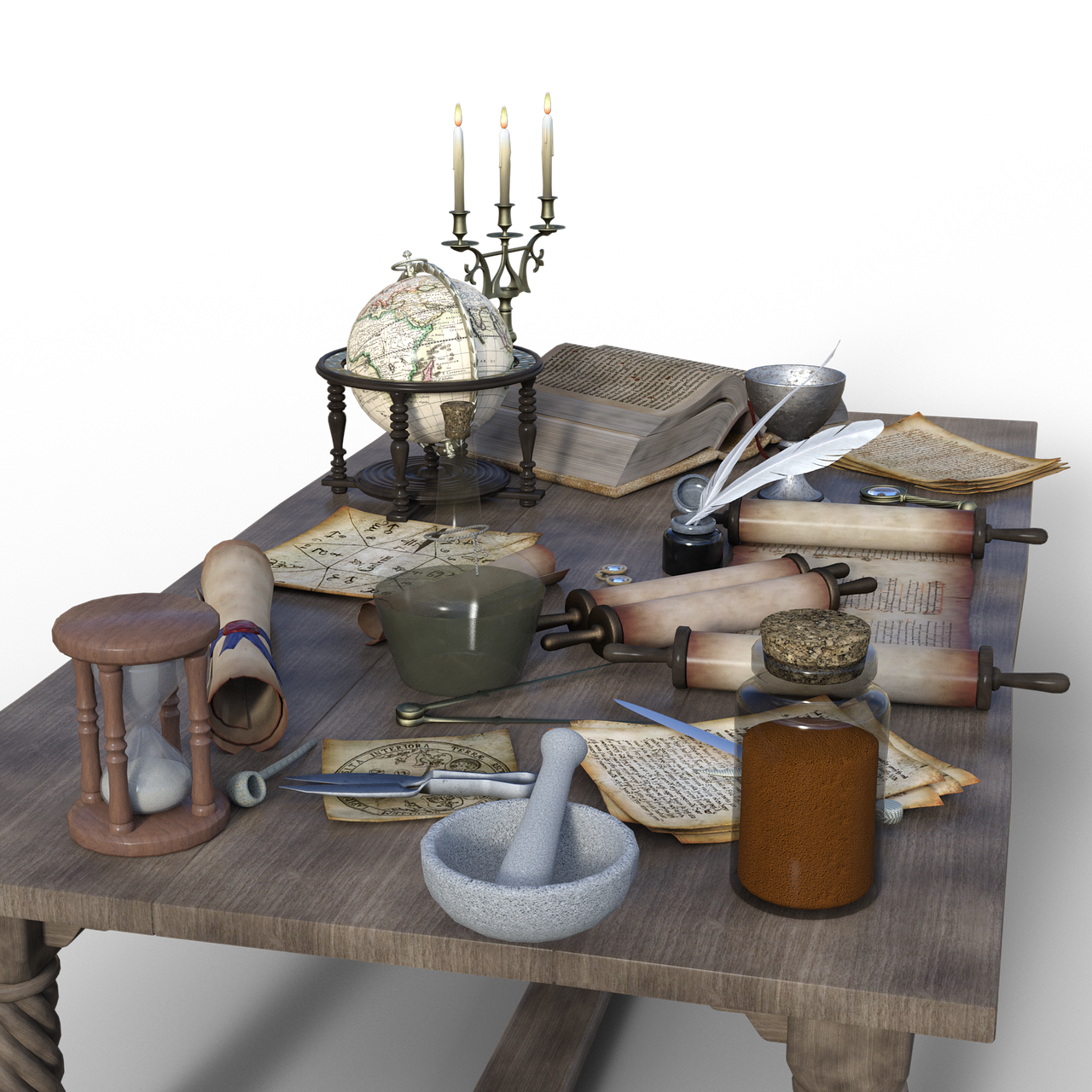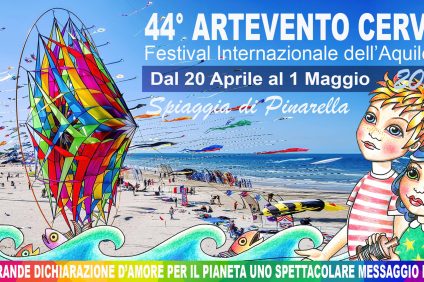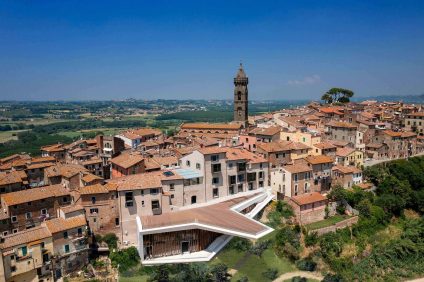Il Galileo Museum in Florence acquires new acquisitions of extraordinary value, expanding the presence of scientific objects of great importance.
What's new at the Galileo Museums in Florence
Due precious scientific instruments they enrich the collection present in the prestigious Florentine museum. It's about the De Jode globe and paper astrolabe.
The first constitutes a precious and very rare example of the historical cartography. According to studies carried out on the object by museum experts, the globe was made in Antwerp in 1594. To date it is the only surviving example of the Flemish cartographer and printer's production Cornelis De Jode (c. 1568-1600). The instrument was restored by professionals because it was in critical condition. Today it has returned to its original condition and is ready to be admired and enhanced.

The paper astrolabe
The second scientific object acquired is a very particular instrument that was very widespread between 1500 and 1700, reaching its maximum diffusion in the period of scientific revolution. It is an astrolabe. The one present in the Florentine museum dates back to 1668 and is made of paper and wood; it is also complete with the original case. It was probably made by French workers; it is an instrument, generally made of metal (bronze, copper or brass), which allows you to measure the height of the stars, the moon or the sun.

It works like sundial to count the hours of day and night, but also the position of the sun, the latitude. The acquired example is in excellent condition, has numerous inscriptions and the date of last use. There are very few flat astrolabes handwritten on paper or cardboard before the XNUMXth century like this one in the world. This is why it is a very precious object.

The valorisation of new tools
The two precious instruments, of high historical and cultural interest, were purchased by the Ministry of Culture in favor of the Regional Directorate of the Museums of Tuscany which assigned them to the Florentine museum.
They are displayed in a showcase in a room that also displays the Le Bas jr. Gregorian reflecting telescope, an instrument that dates back to 1720, also purchased by the Italian Ministry of Culture and entrusted to the Galileo Museum which, as for the new instruments, oversaw the reconnaissance. Subsequently, the two instruments will be transferred to the exhibition itinerary of the Galileo Museum.
Present at the presentation ceremony held on 7 September were Stefano Casciu, Regional Director of Tuscany Museums, and Polissena Brandolini d'Adda, representing the President of Friends of Florence who oversaw the restoration of the globe.
The museum is housed inside the Castellani palace, right in the center of Florence. Is known as Institute and Museum of the History of Science. From today, with the new objects acquired and exhibited, its prestige and value increases and allows us to know more in depth the instruments used for astronomical studies of the past.
Source: https://www.museogalileo.it/it/





